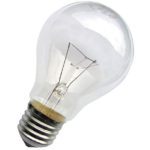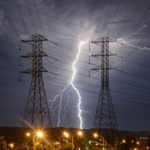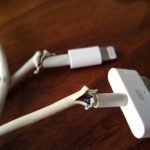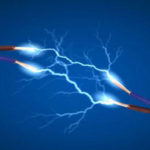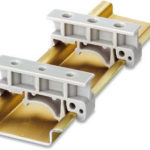Thomas Alva Edison, the famous American self-taught inventor, was born in Milan (Milan( Milan ), Ohio (Ohio) on February 11, 1847 and died at age 84 in West Orange.West Orange), New Jersey (New Jersey) on October 18, 1931. This tireless researcher, gifted organizer, and entrepreneur earned $40,000 at age 22, and by the age of 40 had gained worldwide fame.
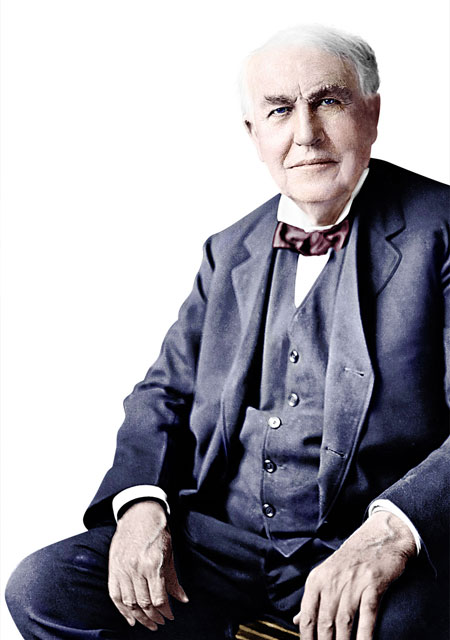
Contents
Biography of the inventor
Thomas Edison was the youngest seventh child in the family of Samuel Edison, a descendant of Dutch millers, and Nancy Elliot Edison, the daughter of a minister. He received his double name in honor of his uncle and Captain Alva Bradley, who helped the boy's mother move from Canada to the town of Myland.
Childhood and adolescence
Seven years after Thomas was born, his hometown fell into decline. The bankrupt father made the decision to move with his family to Port Huron, Michigan. Before entering school, the future inventor suffered scarlet fever, which caused progressive deafness.
He set up a laboratory in the basement of his parents' house. To buy chemicals, he began selling newspapers and candy on the train at age 12. At age 15, the young man purchased a faulty printing press and repaired it. In a luggage carriage with four assistants, he began to produce a newspaper, and moved the chemical laboratory there as well. Once he unsuccessfully blew something up during an experiment, for which the train manager expelled the inquisitive young man from the station.
At 16, Edison accidentally saved the three-year-old son of the chief of the Mount Clemens (Mount Clemens). In gratitude, the boy's father taught young Edison the telegraph business and encouraged him to take a job at Port Huron.
For 6 years the young man moved from one city to another, working as a telegrapher, spending almost all the money he earned on chemicals and scientific literature. The future famous inventor never stayed in one place for long. He devoted his free time and sometimes his working time to experiments, which is why he was repeatedly fired.
By the age of 21, the inventor already had one patent, by the age of 22, he had two inventions. After selling the second device, he decided to concentrate entirely on research activities and engage in the promotion of technical embodiments of his ideas.
Education
The inventor attended elementary school for only three months. The educational process was built on memorizing and reciting the lesson in front of the entire class. The head of the school, Reverend Ingle, many times punished the 7-year-old boy for inattention, ridiculed for his restless nature.
One day little Thomas overheard the principal telling the school superintendent that he thought the boy was learning disabled as a dumbass. He told his mother about it. The woman became enraged, brought her son to school, and reprimanded the reverend. She declared that the child needed a different approach and then engaged in homeschooling her son herself.
Nancy Elliot Edison worked as a teacher in a prestigious Canadian school before her marriage and was well educated. Under his mother's guidance, Thomas mastered basic knowledge, regained his faith in himself, and began to strive to educate himself.
As early as age 10, the boy read Hume's "History of England," "The Fall of the Roman Empire" by Gibbon and a number of other serious books. The craving for experimentation in him formed Parker's work "Natural and Experimental Philosophy."
Personal Life
Throughout his life, Edison's deafness progressed, which limited personal contact. But this fact did not prevent the inventor from marrying twice.
The first time he married Mary Stilwell, a 16-year-old employee of his laboratory, in 1871. His wife gave him a daughter and two sons. In 1884 she died at the age of 29 for unknown reasons. Researchers believe that Mary's death may have been caused by a brain tumor or by morphine poisoning, which in the late 19th century doctors prescribed to treat various female ailments.
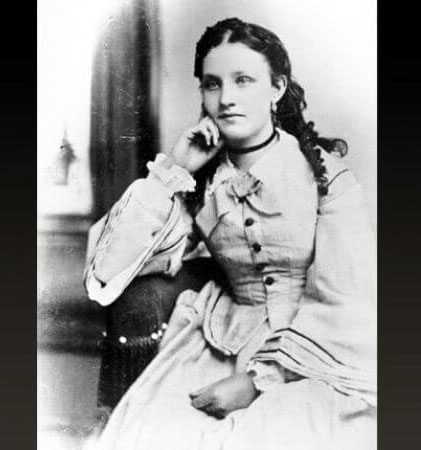
In 1886, Edison, 39, married inventor Lewis Miller's daughter, 20-year-old Mina Miller. Thomas, in love, taught the girl Morse code, then proposed to her in the "language" of dots and dashes. As a wedding gift to his second wife he gave the villa "Glanmont", which he bought 60 kilometers from New York. Mina gave birth to the inventor two sons and a daughter, led an active social life and was not offended at her husband for his passion for work.

Beginning of a career
The election counter was the inventor's first creation. The device was too slow, so Americans did not appreciate it. One day Edison repaired a telegraph machine at the Gold and Stock Telegraph Company, thanks to which he got a job there. Already in 1871 he managed to improve the system, which was used to transmit stock exchange bulletins about the price of stocks and gold by means of the telegraph.
It was this system that the firm bought from him for $40,000. With the fee the young man, along with a coworker, founded a firm that manufactured stock telegraphs, and Western Union bought his future inventions for five years in advance.
In 1876 Edison moved to Menlo Park, where he began building a research laboratory. There he gathered talented employees and qualified assistants, to whom he entrusted the conduct of some of the developments and experiments. In 1887 Edison bought land near the villa and moved the laboratory to West Orange.
Thomas Edison's working principle
The inventor worked 16 or more hours a day even in his old age. He chose to repeat his experiments over and over again as a principle of his work. This approach helped him to find a solution when he could not find the cause of the problem.
He reproduced the experiments of his predecessors, making the most of them. He would then proceed with his own experiments, regardless of the financial cost. In order to reach the result, he varied the methods and the direction of researches, cooperated industrial and laboratory researches.
Several quotes by Thomas Edison illustrate the secret of his success:
- "Genius is one percent inspiration and ninety-nine percent perspiration."
- "Invent only what will be in demand."
- "Our big flaw is that we give up too quickly. The surest way to succeed is to keep trying one more time.
Edison was distinguished by his ability to work on several issues at once. By the end of his life he had founded 15 companies and held patents for 2,000 inventions.
What did Edison invent?
The American genius made the phrase his motto. "It can be done better!". He alone, then together with the workers of his laboratory created a large number of new devices and improved inventions made by others.
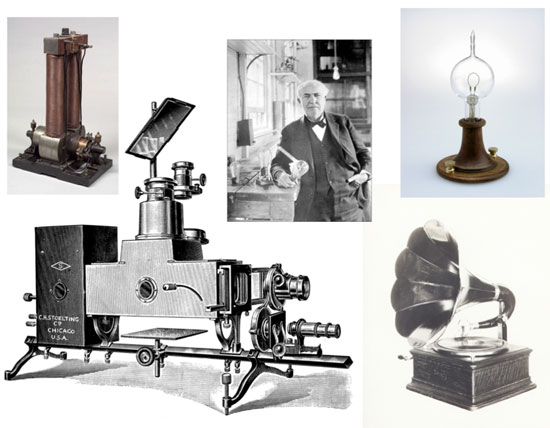
The first thing he put in the piggy bank of his discoveries was the aerophone, an election counter, but it was Edison's money and worldwide recognition that brought him
- the ticker machine;
- the carbon telephone membrane;
- the quadruplex telegraph;
- mimeograph;
- phonograph;
- charcoal microphone;
- incandescent lamp charcoal filament lamp;
- kinetoscope;
- electric chair;
- iron-nickel battery;
- fluoroscope;
- tazimeter;
- megaphone;
- pyromagnetic generator.
For the propagation of electric lighting, he designed a screw-base lamp, a socket, sockets, fuses, plugs, and a light switch. He was credited with formulating a cement mortar with quick setting, increased fluidity, and organizing the production of cheap cement, carbolic acid, phenol, benzene, and other substances.
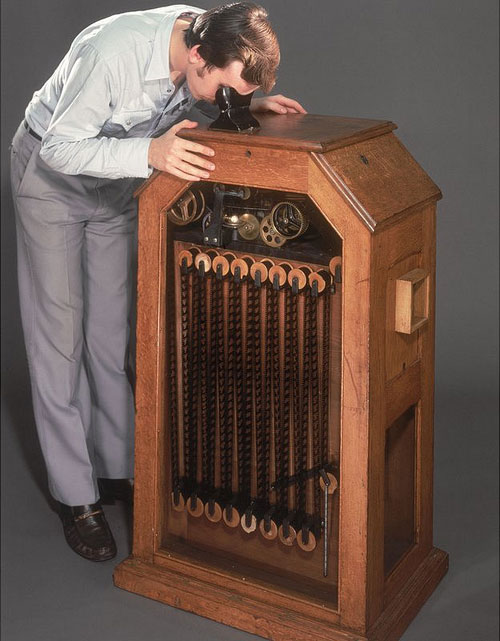
His last years of life and death
In his declining years the inventor lived a measured and quiet life. He wrote his memoirs, together with Dinudi developed an electrical device designed to communicate with dead people, was close friends with his neighbor - Henry Ford, brought up his grandchildren and until his last day was engaged in the affairs of the laboratory.
Complications caused by diabetes prevented the inventor from living only 4 months to his 85th birthday. He died on October 18, 1931. On October 21, the day Edison was buried, the electric lights in the United States were dimmed for one minute as a sign of Americans' respect for their great countryman.
The 10 most interesting and rare facts about Edison
In the life of the inventor there was a resounding success, failed projects, interesting events and controversial situations.
- Edison worked on a version of a helicopter that could use gunpowder as fuel. He had to abandon this development, because as a result of experiments, part of the factory was destroyed by a series of explosions.
- The inventor invented the tradition of starting a telephone conversation with the word "hello,"which in the Soviet Union was transformed into "hello.".
- An American built a model of a house out of concrete. It turned out to be uninhabitable, so it was demolished. Then the inventor tried to popularize chairs, tables, and other interior items made of this material, but the uniqueness and long life of the furniture did not interest potential consumers.
- Thomas Edison held patents on the basic processes of filmmaking. In the state of California at the time, patents were invalid. To avoid having to pay him royalties, all the big movie studios settled in the suburbs of Los Angeles, Hollywood.
- The Leo Tolstoy Museum, Yasnaya Polyana, keeps a chronograph. The apparatus is engraved: "Gift to Count Leo Tolstoy from Thomas Alva Edison". The inventor sent it to Tolstoy in 1908 when he learned of his desire to record his voice.
- The enterprising American actively defended his profits. He received hefty patent royalties for his use of the constant current. The introduction of alternating current, which Nikola Tesla advocated, was economically disadvantageous to him. To defeat his competitor, he began to prove the dangers of alternating current and even invented the electric chair.
- After the invention of the phonograph, Edison made talking dolls. Only 500 out of 3,000 managed to be sold, but most of them were returned by customers. Because of the imperfection of the miniature apparatus, the toys could repeat the recording of sound of terrible quality only 10-15 times.
- An excellent organizer provided his gifted employees with a financial base, and then he issued patents in his own name.
- Edison achieved world fame during the Paris World's Fair in 1889. In recognition of his contributions to science, the president of France awarded him the Legion of Honor, the King of Italy awarded him the Order of the Crown, which elevated the inventor and his wife to the title of Count.
- When Edison became ill, he was confined to a wheelchair for some time. Henry Ford bought a similar wheelchair for himself. Friends and part-time neighbors used to hold wheelchair races on them.
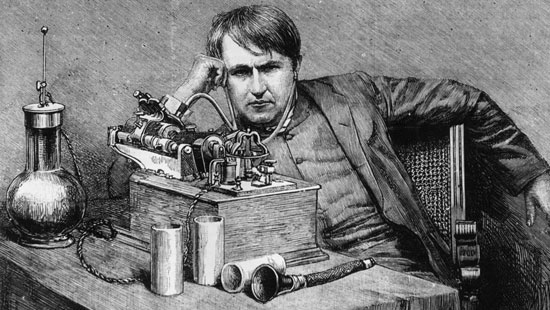
Edison's energy, perseverance, determination and business acumen are hard to overestimate. Even now experts estimate that 16% of America's GDP is provided by the further development of his inventions. In 1983 the U.S. Congress decided to consider Thomas Edison's birthday, February 11, as National Inventors' Day, which cemented in the history of the country the name of this undoubtedly bright personality.
Related articles:
